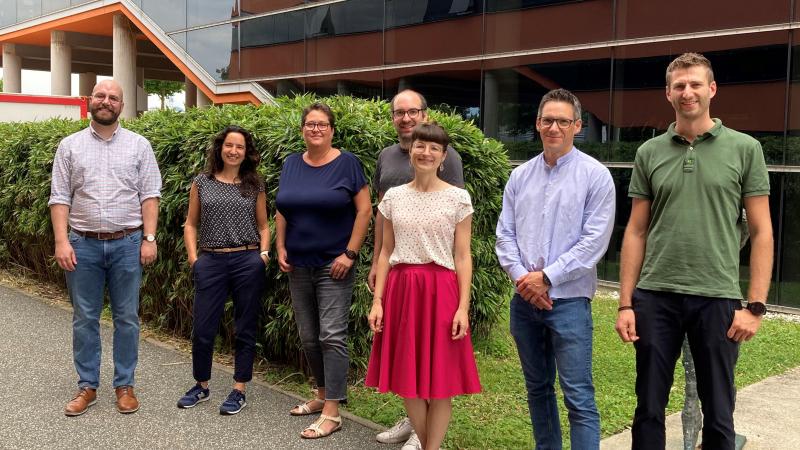PROTEA - Prostheses and Medical Aids with Enhanced User Acceptance through 3D-Printing and Functionalization

The goal of the PROTEA project is to foster a vivid collaboration of industry, research and gender experts from IFZ to develop and implement the benefits of 3D-printing of prostheses, taking into account gender and diversity aspects.
Link Auftraggeber
Client
FFG (FEMtech Research Projects – Gender-Relevant Projects)
Contact
Projektwebseite
Duration
2022-2025
Partner
Fachhochschule Kärnten gemeinnützige Privatstiftung (Leitung), SEPIN Orthopädietechnik GmbH, Luxinergy GmbH
Innovation in the overall manufacturing process of medical assistive devices (MAP) will be achieved through results in several areas:
- Through a participatory technology design approach, the needs and practices of user groups (prosthesis wearers, physicians, therapists, etc.) are taken into account from the very beginning and included in future production steps.
- By working with 3D-printing companies, these companies will be sensitized towards gender and diversity, which will enable them to better analyze, understand, and serve the various needs of diverse user groups in the field of medical technology. By working with the relevant industry (orthopedic technicians), the confidence in this new manufacturing technology will be increased.
- Technological innovation in the area of materials, material combinations and topology optimization will increase the fitting, the wearing comfort and thus the acceptance of the 3D printed prosthesis; the integrated sensor technology will ad-tionally support this. This results not only in an advantage for prosthesis wearers in the area of wearing comfort, but also in a competitive advantage for orthopedic technicians due to a comparatively inexpensive and functional product, where problem areas in fitting, that arise in everyday situations, can be detected and remedied more quickly and more precisely through continuous monitoring with integrated sensors.
Thus, PROTEA aims to improve the accuracy of fit and acceptance of prostheses and thus contribute to closing the existing gender and diversity gap.
Approach
Research Topic
